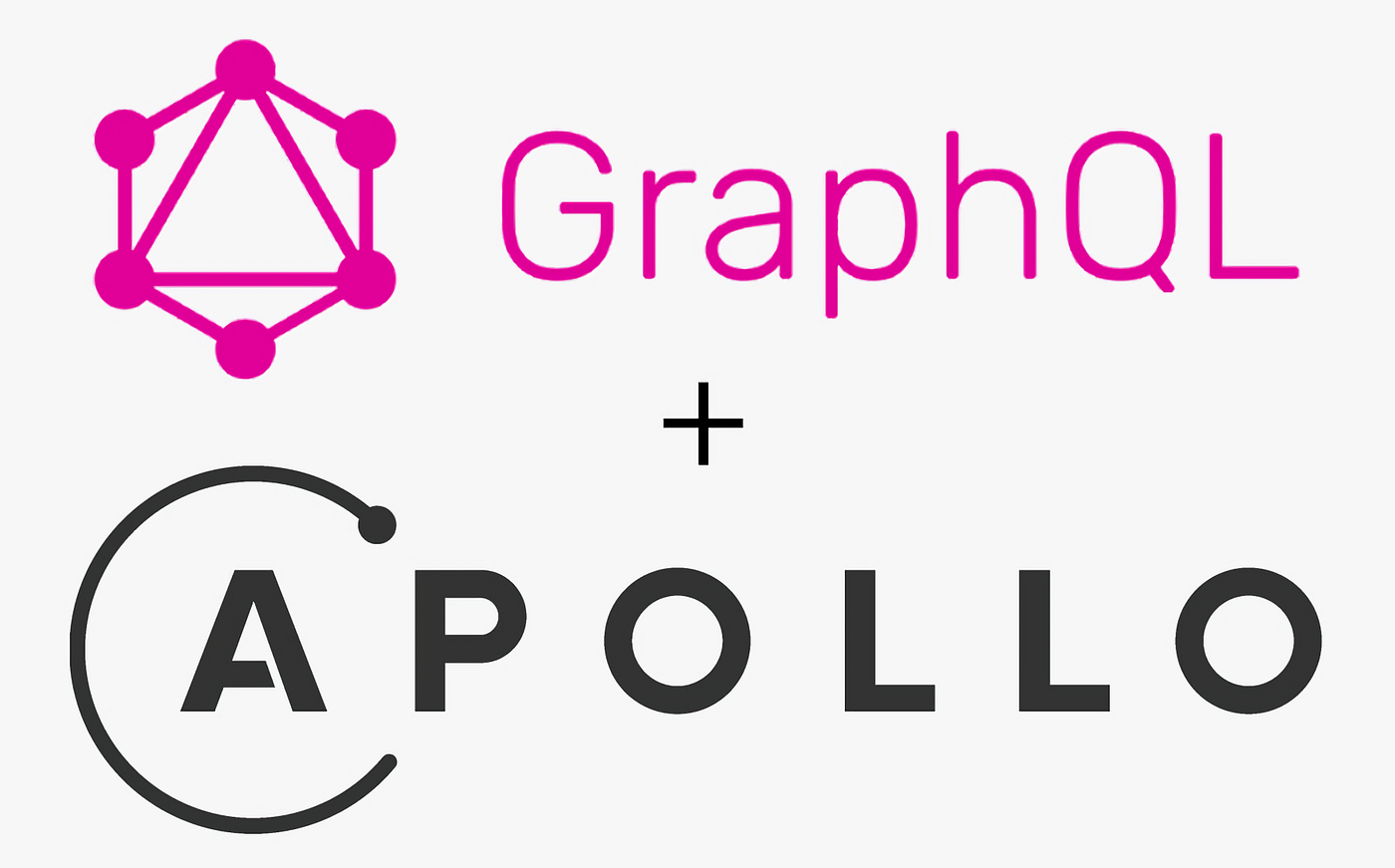

- Npm serverless graphql apollo how to#
- Npm serverless graphql apollo install#
- Npm serverless graphql apollo update#
- Npm serverless graphql apollo code#
Also, here’s the repo containing the code demonstrating subscription on the the client-side.
Npm serverless graphql apollo update#
Just before we start, this is the repo containing the code demonstrating everything under Real-time update on GraphQL, using Apollo as a state management tool, Fragments, and Apollo directives.
Npm serverless graphql apollo install#
We’ll install those dependencies by running: npm install The repo contains both the client-side and server, so we have some other dependencies that’s needed. Once that’s done, we’ll install Apollo using this line: npm i better still, you could just go on and clone the repo. Next, let’s navigate into our project folder on the terminal: cd react-graphql Once that’s done, we can get started with our React app by running this command: npx create-react-app react-graphql If not, just go to the Node.js website to download the latest version. If you haven’t built a React app before, you can check to see if you have Node.js installed by typing the following into your terminal: node -v To create a React app, make sure you have Node.js installed on your computer. Installationīefore we begin, let’s just go through installation and setting up our project.
Npm serverless graphql apollo how to#
Plus, we’ll look at how to create usuable GraphQL queries with Fragments, and how to use Apollo directives to write more complex queries. We’ll also be touching on how to use Apollo as a state-management tool, possibly replacing redux. We’ll be learning how to do this with GraphQL Features like Cache Update, Subscriptions, and Optimistic UI. In this article, we’re going to learn how to handle real-time updates on the client-side using GraphQL. It can also act as a state management tool with your client-side application. It allows developers to define, handle, and make queries/mutations available within our application. Usually, to handle GraphQL on the client-side, we make use of the Apollo Client. This prevents issues like over-fetching that can impact performance. Without much effort, one can easily pull nested data by just adding more properties to our queries instead of adding multiple endpoints. One of the main benefits of GraphQL is the client’s ability to request what they need from the server and receive that data exactly and predictably. GraphQL provides certain benefits over REST APIs - let’s find out what they are. This way, they can be passed to your schema resolvers via the context option.Within the last decade, technologies like GraphQL have changed how we build web apps and how they communicate with each other. ) or the current Lambda Context (Function Name, Function Version, awsRequestId, time remaining. To read information about the current request from the API Gateway event (HTTP headers, HTTP method, body, path. The default region for Serverless deployments is us-east-1 (N. If the list of Lambda functions is empty, or missing the newly created function, double check the region at the top right of the screen. To find the created Lambda function, search the listed services for Lambda.For this example, the bucket created by Serverless was named apollo-lambda-dev-serverlessdeploymentbucket-1s10e00wvoe5f To find the created S3 bucket, search the listed services for S3.The resulting S3 buckets and Lambda functions can be viewed and managed after logging in to the AWS Console.

Then, it creates a Lambda function with those artifacts, and if successful, outputs the HTTP endpoint URLs to the console. Graphql: apollo-lambda-dev-graphql What does serverless do?įirst, it builds the functions, zips up the artifacts, and uploads the artifacts to a new S3 bucket. Serverless: Checking Stack update progress.

Serverless: Uploading CloudFormation file to S3. Serverless: Excluding development dependencies.


 0 kommentar(er)
0 kommentar(er)
